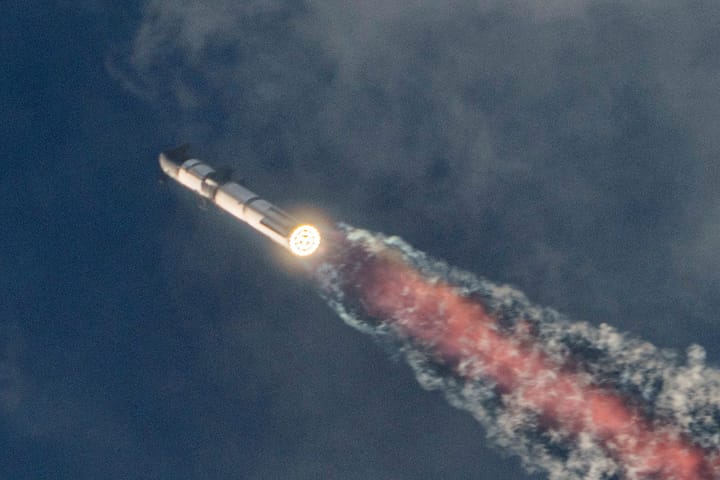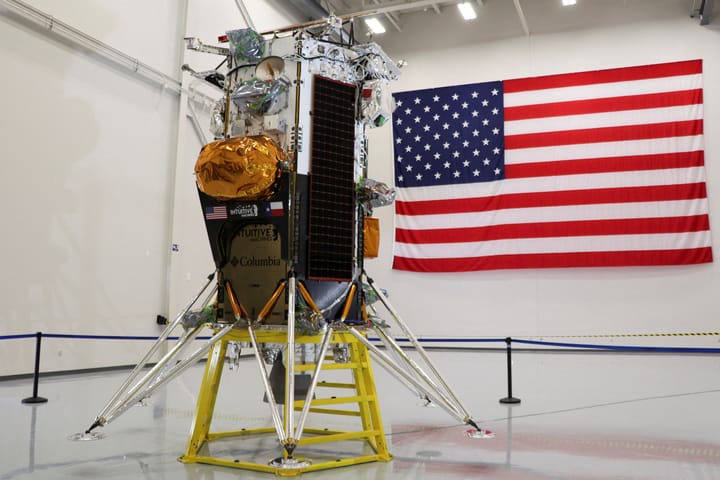This moon mountain just got a new name
The IAU has a tradition of naming lunar mountains after scientists who stand out in their fields.

A few minutes every morning is all you need.
Stay up to date on the world's Headlines and Human Stories. It's fun, it's factual, it's fluff-free.
Close to the moon's south pole, there's a mountain that kind of looks like an earthly mesa. It has a unique look for the landscape, carved out by surrounding craters. Now, NASA scientists have come up with a name for it which was proposed to the International Astronomical Union (IAU). It'll be called "Mons Mouton," named after Melba Roy Mouton, NASA mathematician and computer programmer.
The IAU has a tradition of naming lunar mountains after scientists who stand out in their fields.

"Melba Mouton was one of our pioneering leaders at NASA," said Sandra Connelly, the acting associate administrator for science at NASA Headquarters in Washington. "She not only helped NASA take the lead in exploring the unknown in air and space, but she also charted a path for other women and people of color to pursue careers and lead cutting-edge science at NASA."
Mouton worked for NASA during its "Hidden Figures" era (when Black women mathematicians and engineers played essential but quiet roles in NASA's major missions for decades in the 20th century). She was a Black female mathematician and programmer who joined NASA in 1959 and became the head mathematician of the "human computers," people who tracked the communications satellites Echo 1 and Echo 2, which orbited Earth in 1960 and 1964.
She became the head programmer of the Mission and Trajectory Analysis Division's Program Systems Branch in 1961, which allowed NASA to track spacecraft in orbit. By the end of her NASA career in 1973, Mouton was the assistant chief of research programs for the Trajectory and Geodynamics Division at Goddard Space Flight Center in Maryland.
Mons Mouton could make its own history as one of the 13 possible landing spots for the Artemis III mission, a moon rover called VIPER that will be launched in 2025.
"Mons Mouton represents a great spot for VIPER – our solar-powered Moon rover that we'll drive and conduct science in near real-time," said Dr. Sarah Noble, VIPER program scientist at NASA Headquarters. "It features high sunny spots, it's relatively flat, satellite data shows signs of water ice, and it allows long stretches of direct communications with our ground station on Earth."




Comments ()